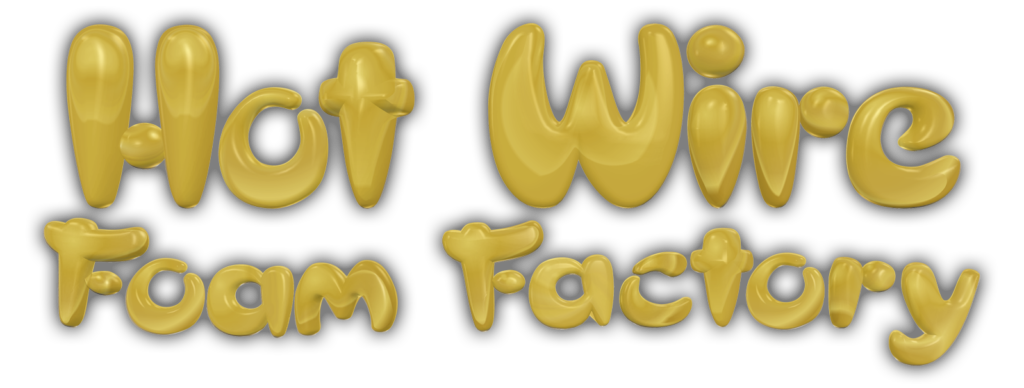Spotlight On: Rob Hendriks
Rob Hendriks, an artist who creates unique relief paintings using porcelain utilizes foam to help him push the limits of the art. His work builds upon the look of oil paintings, but his creations have actual depth and dimension by using foam as a canvas.
Hot Wire Foam Factory: Tell us a little bit about yourself and what you do.
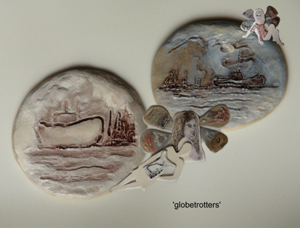 Rob Hendriks: I live in the Netherlands. When I was 19, I left school and started working as a salesman selling artistic tiles and ceramic animals at art markets. After selling art for some time, I wanted to develop myself as an artist. My style is relief painting with liquid clay and I was inspired by old oil painting techniques which I ‘translated’ to relief work. My main occupation is pottery work.
Rob Hendriks: I live in the Netherlands. When I was 19, I left school and started working as a salesman selling artistic tiles and ceramic animals at art markets. After selling art for some time, I wanted to develop myself as an artist. My style is relief painting with liquid clay and I was inspired by old oil painting techniques which I ‘translated’ to relief work. My main occupation is pottery work.
HWFF: What is relief art and why is it your favorite style to work in?
RH: Relief painting is a form of sculpture/painting suitable for tiles. My painting relief method has a range from painters relief to high relief. I like to work in relief because you can translate an image or photo into a three-dimensional scape. A painting tries to suggest depth, but there still remains a great sense of flatness to the eye. In fact, a painting is still flat canvas, despite the trick of vision with the paint. A relief doesn’t suggest depth, but actually has depth by using techniques that actually raise and impress areas. Using this effect (for example in under painting) makes a big difference and adds an extra dimension to traditional painting subjects.
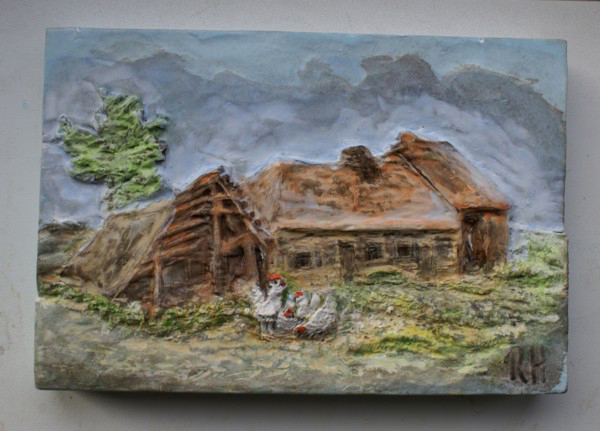
HWFF: What led you to start working with foam? Does working with it help save time and money as well?
RH: I worked first with wood, but my job worked out much better with the light blue foam and a foam cutter. When making sculptures, the cutting of figurines with your 3-D Scroll Table goes faster, easier and is more accurate then working with a saw and wood. I like to start foam work with a very thin layer of porcelain glued on top of the foam and then test it to make sure the results are good. It also saves lots of energy costs in comparison with traditional porcelain work. Plus, the foam gives a ‘modern touch’ to my pottery work.
HWFF: How have the Hot Wire Foam Factory tools affected your artwork?
RH: With the foam and the tools I can make large, lightweight relief tiles without cracking or warping. The 3D Scroll Table is my favorite tool because it allows me to make very accurate foam silhouettes to build up my relief textures.
HWFF: Do you have a “crown jewel??? or favorite piece of artwork you’ve done?
RH: I like oil paintings in general, and with the foam I can ‘translate’ a painting (for example a harbor view or a landscape) in 3D relief work. Here (below) is an example of thin porcelain pieces glued to the foam. Your Hot Wire tools can perfectly follow the contours of the glued porcelain figures while cutting the foam. This is a very easy and accurate way to make (lightweight) relief figures with very thin arms and legs. These ‘elegant’ figures topped with porcelain, are technically not possible without the foam. I am very enthusiastic about the art form this porcelain/foam combination creates.
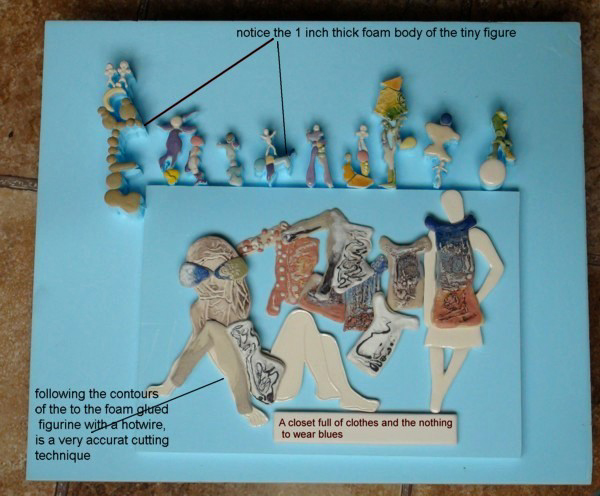
HWFF: How does oil react to foam? Is it very different than a traditional canvas?
RH: Oil paint can be used to paint the foam, but the foam must be sealed. I prefer imitating classic oil paintings with water-based paint. Even the old painting masters used water-based paint in their underpaintings. The foam is very different from canvas and makes it possible to create a stunning three-dimensional painting. With the foam as my canvas, subjects in a painting could be raised or impressed (impressing the foam is creating a negative relief space).
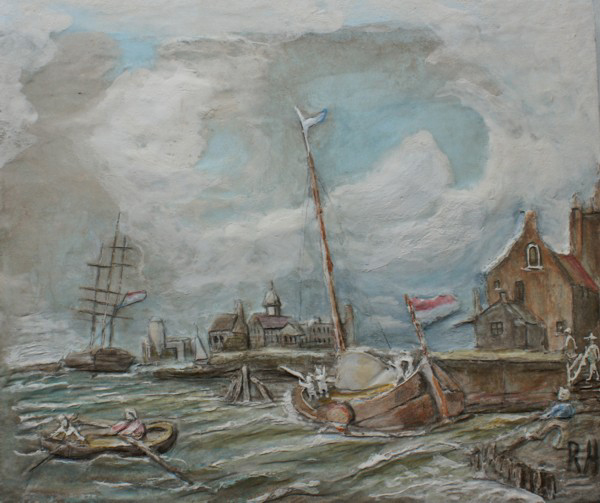
HWFF: Do you make your foam work strictly for the art or do you sell the pieces? How much do they generally cost?
RH: I make the foam for art and I also sell my pieces. They are between 20-100 dollars depending the size. My pieces are relatively small, the largest pieces are about eight inches wide and six inches high.
